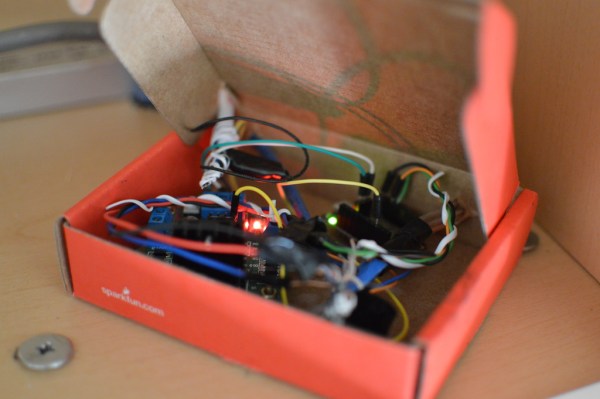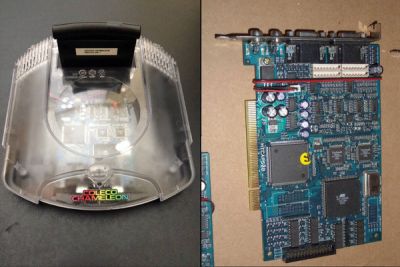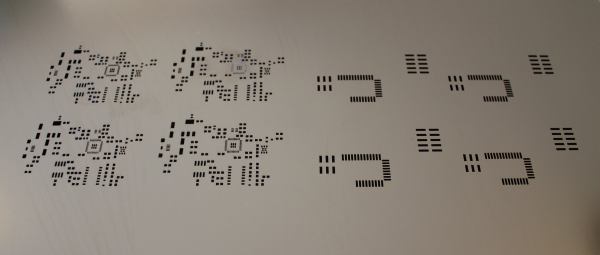[Mischo Erban], a Canadian speed-freak, just broke a world record on an electric skateboard. 59.55mph! That’s almost 100km/h.
We’ve covered a lot of electric skateboards over the years, as well as some commercial versions — like the Boosted Board, one of the few actual Kickstarter success stories — and of course, people have hacked them as well. But this board from Next Generation Vehicles (NGV), seems to have taken speed to the next level.
Made by a Slovenian tech startup, the board features direct drive motors built into custom wheels. The article is a bit light on details, but we imagine they must be a few kW each in order to reach those speeds. No mention of a range (we can’t imagine it’d be very far at those speeds), but it is just a prototype.
Continue reading “Electric Skateboard Reaches Neck-Breaking Speeds”





 enthusiasts around the world. To get it to the masses, they started an ambitious 2 million US dollar Indiegogo campaign, which has unfortunately come to a
enthusiasts around the world. To get it to the masses, they started an ambitious 2 million US dollar Indiegogo campaign, which has unfortunately come to a 












